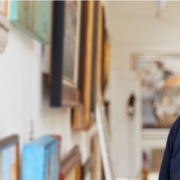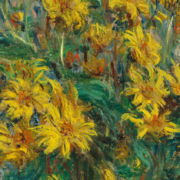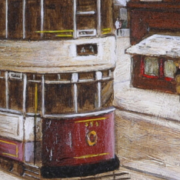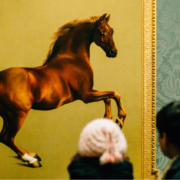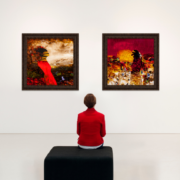The Collectors Guide Part 6: How to Buy Artwork with Confidence
As a fine art dealer with years of experience in the industry, I understand that buying artwork can be an intimidating process, especially for those new to the world of fine art. However, with the right guidance and a few essential tips, you can navigate the art market with confidence and discover pieces that resonate with your taste and style. In this article, I’ll share some valuable insights on how to buy fine art online and from galleries, ensuring that your art-buying journey is a rewarding and satisfying one.
Research and Educate Yourself
Before embarking on your art-buying adventure, it’s crucial to invest time in researching and educating yourself about different artists, art movements, and styles. Take advantage of online resources, visit museums and galleries, and read books and articles related to fine art. Familiarise yourself with the terminology used in the art world so that you can better understand and appreciate the pieces you encounter.
Define Your Taste and Preferences
Art is a deeply personal experience, and your choices should reflect your individual taste and preferences. Explore various styles, mediums, and themes to determine what resonates with you the most. Do you prefer modern British fine art, Victorian art, or impressionist paintings? Understanding your preferences will help you narrow down your options and make more informed choices.
Set a Budget
Fine art can range in price from affordable prints to multi-million-dollar masterpieces. It’s crucial to establish a budget that aligns with your financial capabilities and commitment to collecting. Be realistic about what you can afford and remember that there is art available at every price point. Setting a budget will help you avoid overspending and ensure a more enjoyable buying experience.
Buy from Reputable Sources
Whether you’re looking for fine art for sale online or in galleries, it’s essential to buy from reputable sources. Established galleries, well-known auction houses, and respected online platforms are typically reliable places to find authentic artwork. Be cautious of purchasing from unknown or unverified sources, as this can increase the risk of encountering forgeries or misrepresented pieces.
Seek Professional Guidance
If you’re uncertain about your choices or the authenticity of a piece, don’t hesitate to seek professional guidance from an art dealer or expert. A fine art dealer can provide valuable insights, authenticate artwork, and assist you in making informed decisions. Their expertise can be particularly beneficial when purchasing high-value or rare pieces.
Inspect and Ask Questions
When you find a piece that captivates you, take the time to inspect it thoroughly. Look for any signs of damage or restoration, and ask the seller or gallery staff any questions you may have. Understanding the history and condition of the artwork will help you make an educated decision. Additionally, inquire about the artist’s background and the provenance of the piece (its ownership history), as this information can add value and legitimacy to the artwork.
Consider the Investment Potential
While purchasing art primarily for personal enjoyment is admirable, it’s worth considering the investment potential of the pieces you buy. Some artworks appreciate in value over time, making them valuable assets. Research the market trends for the artist or style you’re interested in and evaluate whether the artwork you’re considering has investment potential. However, remember that art should be enjoyed first and foremost, and not all pieces will necessarily increase in value.
Trust Your Instincts
Ultimately, buying art is a deeply personal decision. Trust your instincts and intuition when making your choices. If a piece resonates with you on an emotional level and you can envision it in your space, it’s likely a good fit for your collection. Don’t be swayed solely by market trends or the opinions of others; your connection with the artwork is what truly matters.
Buying fine art should be a fulfilling and enjoyable experience. By conducting research, defining your preferences, setting a budget, and seeking professional guidance when necessary, you can confidently navigate the world of fine art. Remember that art is a personal journey, and the pieces you choose to buy should bring joy and inspiration to your life. Whether you’re purchasing fine art online or exploring galleries, these tips will help you buy artwork with confidence and build a collection that reflects your unique taste and style.


